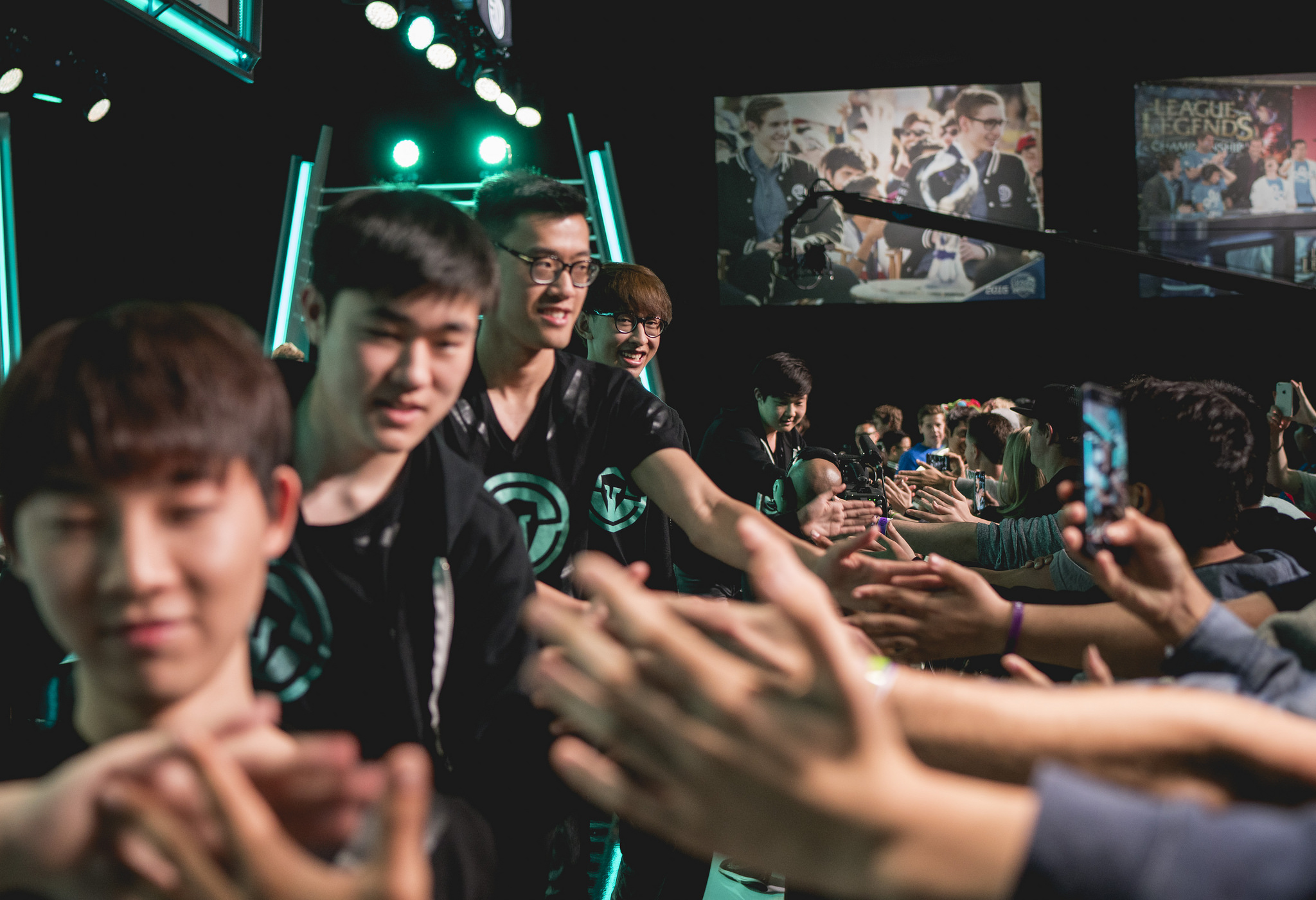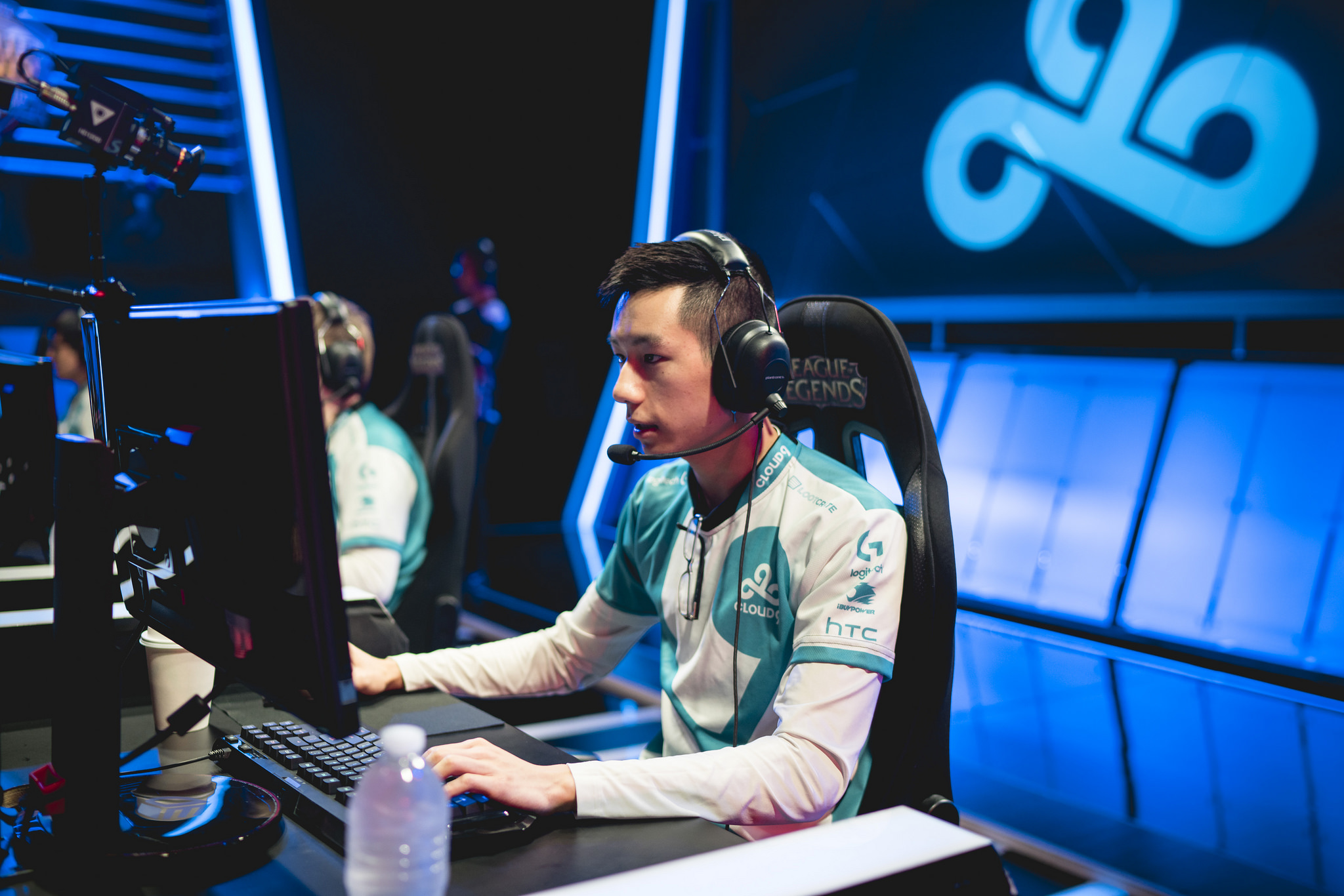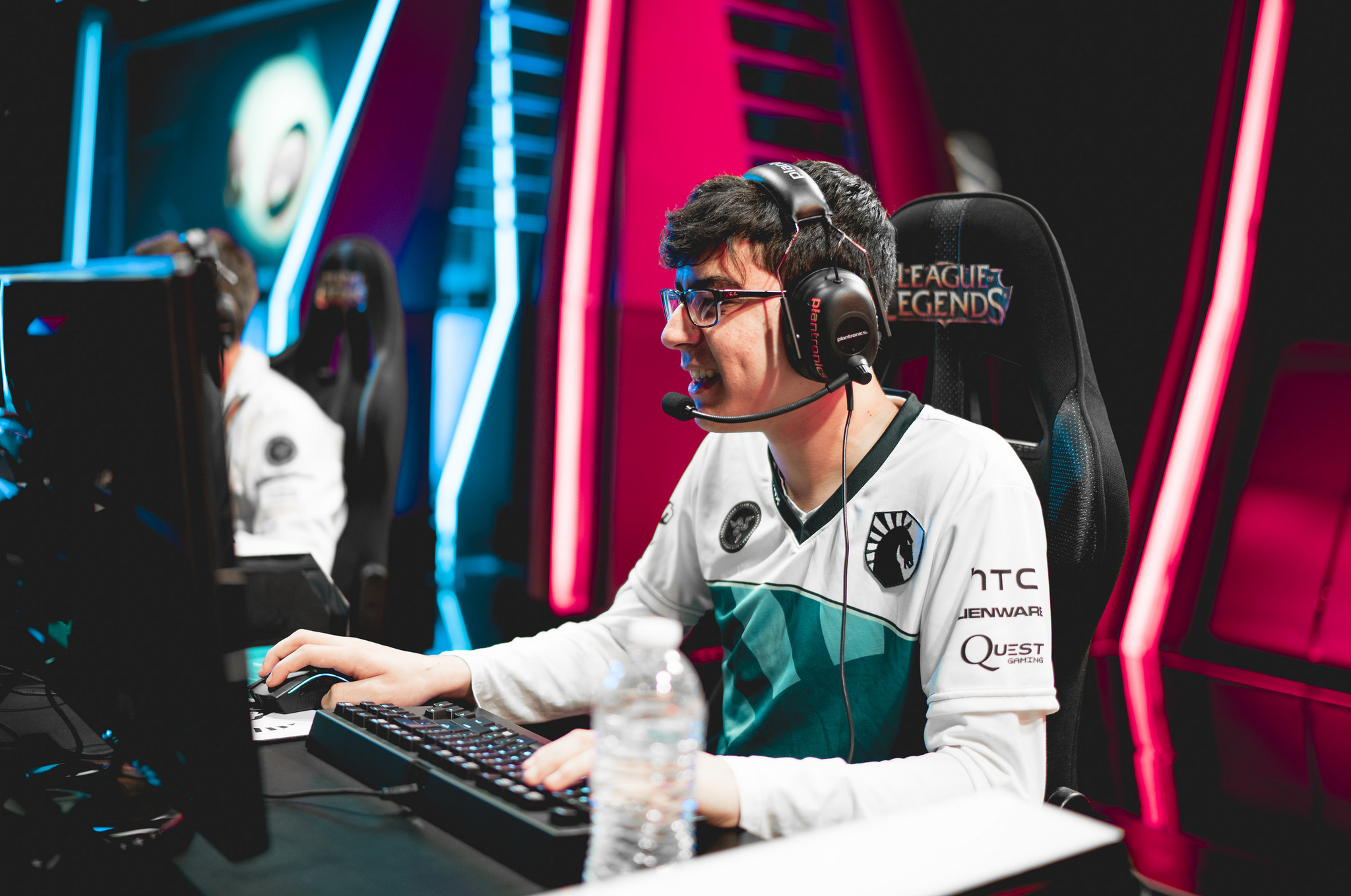Predicting the League of Legends NA LCS playoffs

The regular season has finally ended after nine weeks of play, and the Renegades' victory over Team Impulse marks the last-ever match under the NA LCS's old best-of-one format. The top six teams are now settling plans for a glamorous trip to Las Vegas to decide the North American title for the split—and to see who gets to represent the region at the Mid-Season Invitational in May.
Of course, the odds for some teams are better than others. A few teams were lucky to make it to the playoffs in the first place.
The path of kings: C9, TSM
In any prior split or year, the quarterfinals match between Cloud 9 and TSM would've rightfully been the grand finals. TSM in particular had an extensive history of dominance in North America—maybe not one matched with international success, but regional kings all the same. Cloud 9, too, had gotten used to being at the top, and they've been there since the founding of the original LCS roster. No rookie organization until now has been as successful, much less dominant, as C9 was in their prime.
Yet history has predictive limits—nobody would've predicted just how badly TSM floundered this spring, especially not in light of the roster they brought (and bought) together. The likes of Bjergsen—for a long time, the undisputed best mid laner in North America—with Doublelift, Svenskeren and Yellowstar was justifiably expected to be a winning formula, based on their prior work. Top laner Hauntzer was expected to be the weakest link of the lot, yet arguably proved a lot more consistent and dependable than his more storied and experienced teammates.

Not to mince words, but TSM is probably going to lose to Cloud 9. The team’s dysfunctions have generated a lot of wild and baseless speculation and fingerpointing—but the fact that it's dysfunctional isn't in dispute. By contrast: Cloud 9 isn't a perfect team by any means, but the one thing nobody doubts is who's in charge. Team captain Hai has thrived in the support role—it's probably a lot less punishing to his wrists, for one, but more importantly the role facilitates his influence on the team's overall map control (thanks to providing most of the in-game vision) and shotcalling.
That seemingly-simple act of putting everybody on the same page at the same time is something that has stumped TSM all spring. True: TSM has traditionally done best in multi-game sets, like the best-of-fives that will be played out in Las Vegas, so discounting them entirely is, from a historical sense, unwise. But the TSM playing this split is almost unidentifiable from their prior form, so historical precedence can get wrecked.
The path of conquerors: NRG, Team Liquid
Given their famously high-profile investors, not to mention the caliber of their Korean players, NRG probably expected to be doing better than they were at the end of the split. To be clear: fifth place is not too shabby for a rookie organization, and if they were measured by the standard esports metrics of the last few years it'd be pretty impressive all around.
The biggest gaming news, reviews and hardware deals
Keep up to date with the most important stories and the best deals, as picked by the PC Gamer team.
But they aren't just any esports organization. They're the little brothers of the Sacramento Kings. They count A-Rod, Shaq and Jimmy Rollins among their backers. And that actually sucks for them, because living up to those names and their lofty expectations is no easy task when Team Liquid's Dardoch is staring you down from the other side of Summoner's Rift.
It's rare for rookie players to give you chills when you watch them. The competitive pressure at the top of a region's circuit is vastly greater than anything solo (or dynamic) queue offers, greater than even the most intense Challenger Series match, so it usually takes at least a split or year for a player to really find their groove.
Dardoch, on the other hand, took to it like fish to water. Team Liquid's experiment with directly fostering North American talent has borne fruit far quicker than anybody had supposed, and its first product is a jungler that didn't just prove a worthy replacement for IWillDominate—at times, it's as if TL's fanbase's already forgotten their former jungler. The general rule is that a jungler's only as good as his team lets him be, but with TL it's almost the other way around—AD carry Piglet honestly hasn't looked this confident and in the groove since before he left Korea.

Too bad Piglet's former teammate Impact can't say the same. His bizarre man-against-the-world solo engages on the enemy team have left NRG fans and everybody else scratching their heads in dismay. The NRG vs TL quarterfinals match pits two former world champions against each other—but only one of them is looking like his old self at the moment.
The gated path
Waiting in the wings for the quarterfinals results are The Immortals and Counter Logic Gaming, the latter of which is looking to defend their Summer 2015 title. The greater risk is, of course, the Immortals—the team with a near-perfect season and the most dynamic and engaging play style in the entire NA LCS isn’t to be trifled with. Huni and Reignover were the architects of Fnatic's perfect regular split last year, and Wildturtle's rejuvenated powerhouse performances throughout the spring is a direct rebuff of the criticisms he weathered while playing under the TSM banner—something that only causes further lamentations for his old team's fans.
CLG, on the other hand, have a few obvious issues. First and foremost is a static play style—pretty much every single match boils down to a splitpush strategy based around sending Darshan through an empty lane while the rest of the team keeps the enemy team engaged with a barrage of hard-hitting pokes. Second is that Huhi and Stixxay have obvious mechanical deficiencies compared to their counterparts on other teams—an issue that proved a crucial hindrance during IEM Katowice.
And yet it might be more dangerous to play CLG. If there's been any overarching theme to this spring's international success stories, it's that macro play is very nearly everything. CLG engineered the Immortals' sole defeat all split by virtue of immaculate map play, China was thoroughly embarrassed at IEM Katowice by their failures to adapt to it, and Korea's not only written the book on it, but several followup dissertations as well.
Whomever wins the North American title will find that they need to play to CLG's level to beat the Immortals. Given how games have worked out this spring, it's the only way they'll get into position to take advantage of Stixxay and Huhi's individual weaknesses in the first place. Fail that check, and they can be certain that Darshan'll be knocking on their front door.

PC Gamer Pro is dedicated to esports and competitive gaming. Check back every day for exciting, fun and informative articles about League of Legends, Dota 2, Hearthstone, CS:GO and more. GL HF!

